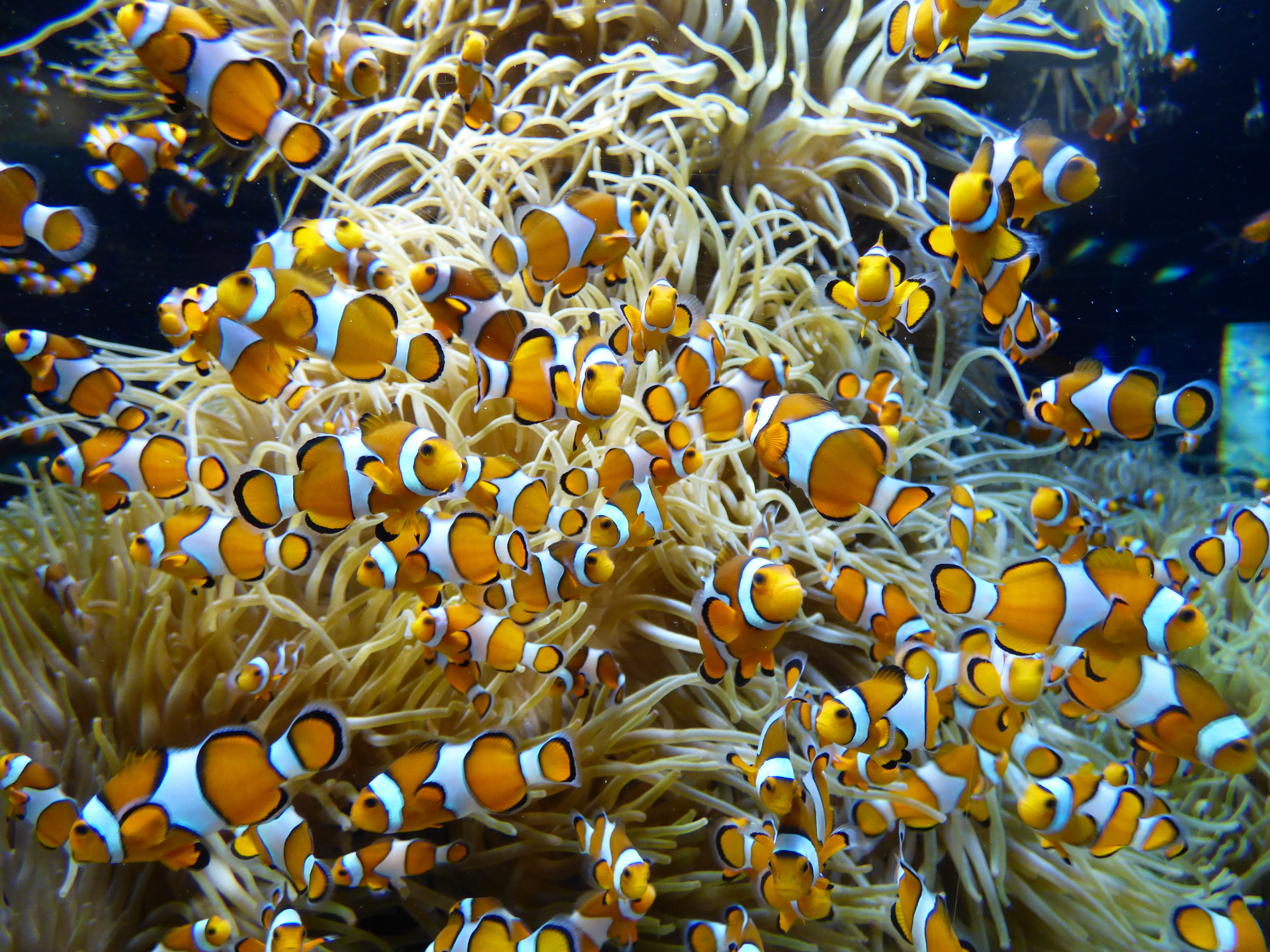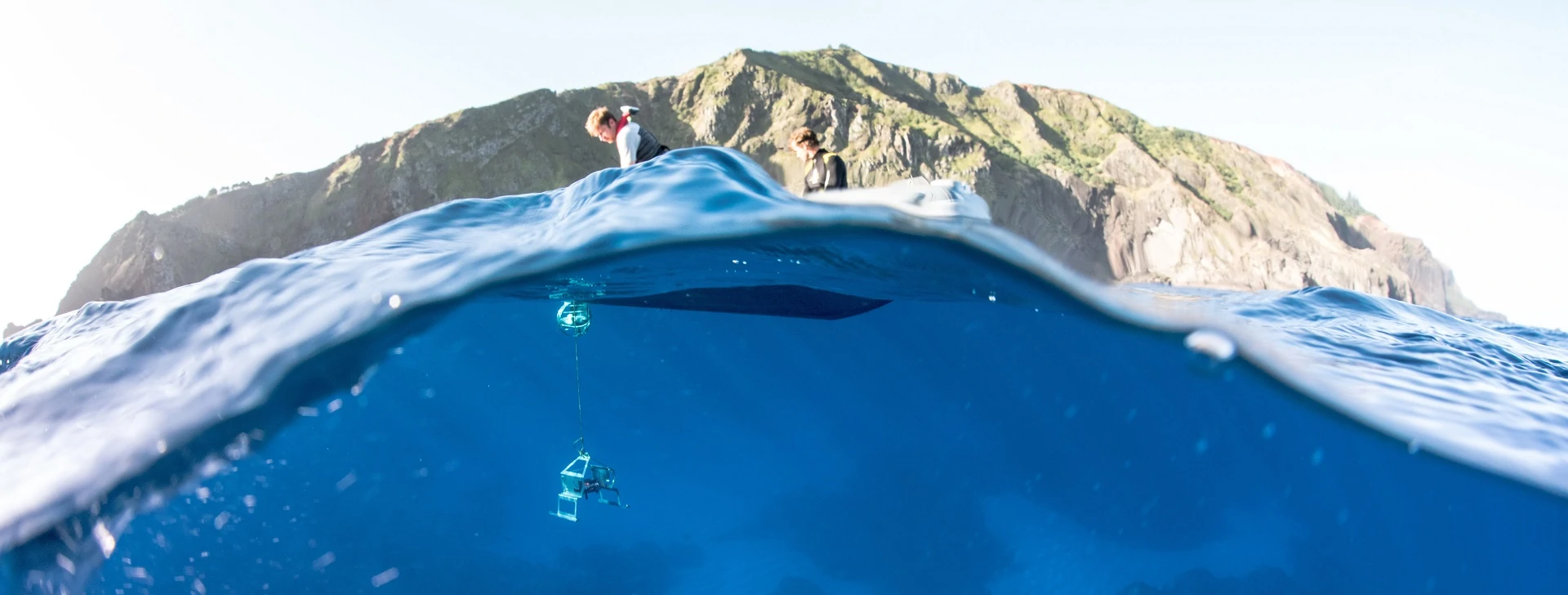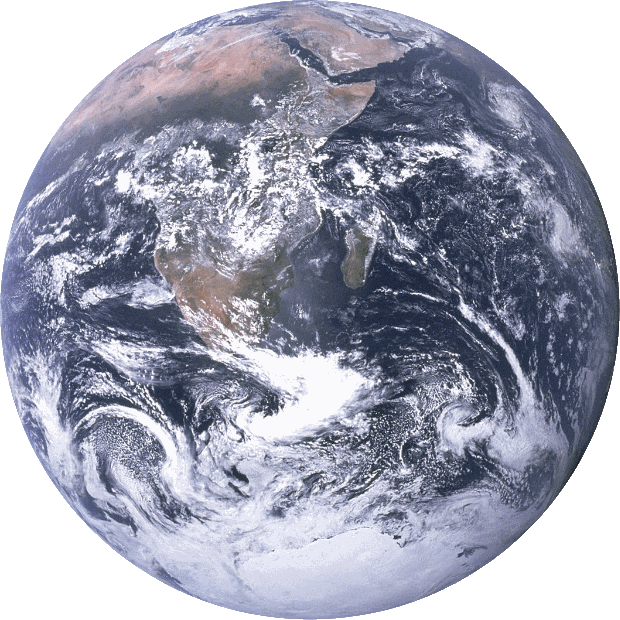Publication Abstract
- Title
-
Recruitment variability and growth of Northeast Arctic cod: influence of physical environment, demography, and predator-prey energetics
- Publication Abstract
-
Recruitment variability and growth ofNortheast Arctic cod: influence of physical environment, demography, and predator-preyenergetics
E.M. Nilssen, T. Pedersen, C.C.E. Hopkins, K. Thyholt and J.G. Pope
Large-scale oceanic and climatic variabilitygreatly affects the distribution and abundance of Northeast Arctic cod off Northern Norwayand in the Barents Sea. Abundance estimates of 0-group cod exhibit a close relationshipwith sea-temperature variability at the Kola meridian section in the eastern Barents Sea,with good year classes tending to coincide either with temperature peaks or withincreasing temperatures, and declining recruitment and poor year classes tending tocoincide with decreasing or low temperatures. Construction of a simple multiplicativeregression model describing the recruitment of Northeast Arctic cod, incorporating seatemperature along the Kola meridian, spawing-stock biomass (SSB), and cannibalism aspredictors, explained about 46% of the 1946-1988 recruitment variability. Temperature, orits environmental associates, affected recruitment by a factor of about 4 between thecoldest and the warmest years, while SSB and cannibalism influenced recruitment by afactor of about 2.6 each. The biomass of the 3+ ages of Northeast Arctic cod declined fromabout 5 million tonnes in the late 1940s to about 1 million tonnes in 1992, mainly as aresult of a concerted increase in fishing mortality before a marked reduction occurred inthe late 1980s. The abundance of younger cod (<6 years old) was generally stable duringthis period, but that of older cod (>10 years old) declined to present levels, <1%of these in the late 1940s. The greatest variability in weight-at-age and growth rates ofcod >4 years old occurred in the late 1970s and in the mid-1980s, after the demise inrecruitment of Atlanto-Scandian herring to the Barents Sea and the establishment andsubsequent failure in the capelin fishery. Statistical analyses of data from about 1955onwards showed a clear inverse relationship between the numbers of fish at age and theirspecific growth rates (SGR, % change per day), i.e.. evidence of density-dependent growth.An SGR model for the Northeast Arctic cod stock. incorporating a solution for adensity-dependent or food-effect in addition to sea temperature (Kola meridian) for the1950s onwards, showed good agreement between modelled and observed values for 4-9-year-oldfish for which data were available. Compilation and subsequent analysis of a data set fromNorwegian and Russian sources showed a positive correlation between the availability ofcapelin (expressed either as capelin biomass or as the ratio of capelin:cod biomass) andthe percentage of prey individuals in cod stomachs that are capelin (i.e., percentagefrequency of occurrence: % FoO). The % capelin FoO was also positively related to the SGRof 4-9-year-old cod, as well as to the liver index (% of body weight formed by liver) ofprespawning cod caught at Lofoten, probably reflecting a tendency for increased relativeand absolute levels of feeding on the lipid-rich capelin to result in Proportionatelylarger cod livers.
Reference:
E.M. Nilssen, T. Pedersen, C.C.E. Hopkins, K. Thyholt and J.G. Pope, 1994. Recruitmentvariability and growth of Northeast Arctic cod: influence of physical environment,demography, and predator-prey energetics. ICES Marine Science Symposia, 198: 449-470.
- Publication Internet Address of the Data
- Publication Authors
-
E.M. Nilssen, T. Pedersen, C.C.E. Hopkins, K. Thyholt and J.G. Pope*
- Publication Date
- January 1994
- Publication Reference
-
ICES Marine Science Symposia, 198: 449-470
- Publication DOI: https://doi.org/


